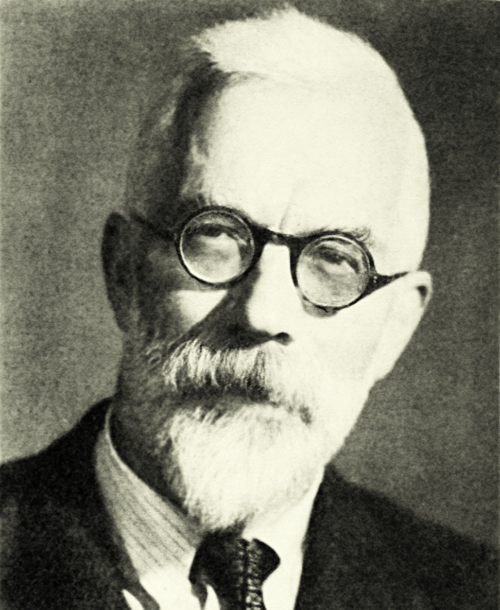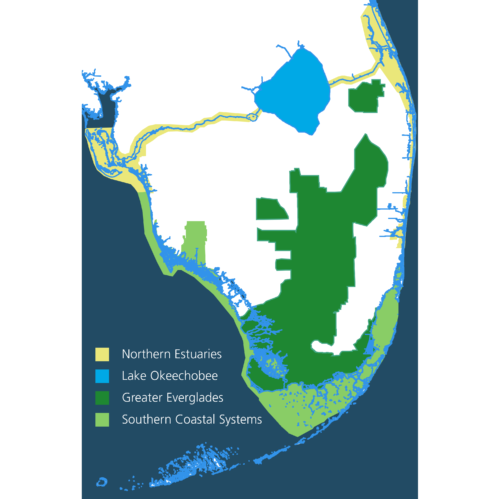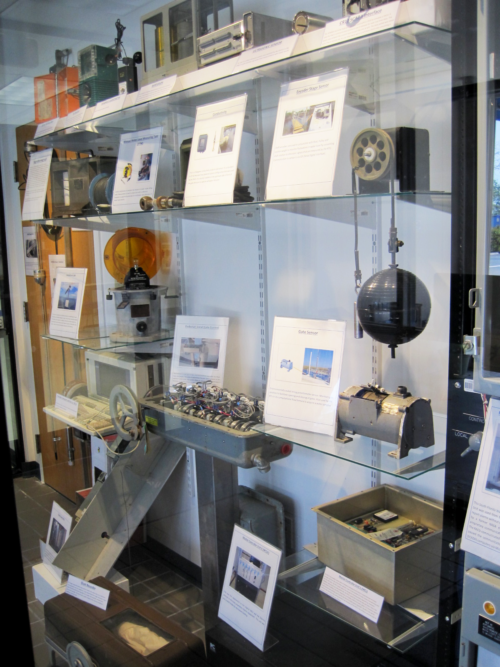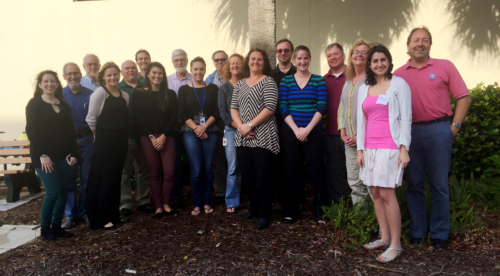What are these data trying to tell us?
Bill Nuttle ·“Let the data speak for themselves,” is a quote frequently attributed to Sir R. A. Fisher. Fisher was biologist who was drawn to the task of sifting through 70 years of data on crop yields and genetics accumulated at Rothamsted Experimental Station. The challenge of making sense of all this data led Fisher to develop a number of statistical tools that are used today by everyone who works with data. His statistical methods allow data to speak to us by answering simple and direct questions.

Using data to answer big questions can be a daunting task. Fisher spent his entire career working in the cloister of academia to answer the question of how evolution by natural selection works through genetics. However, the work of many people is required when the answer to a big question, such as “Is this ecosystem healthy?” is needed quickly. This is a question asked regularly when one uses the process of adaptive management to restore and preserve the environment. Coordinating the work of large teams of scientists is an essential part of ecosystem restoration. Basic analyses of many different parts of the ecosystem have to come together to answer the overall question, “How’s the ecosystem doing?
In March 2017, an IAN team traveled to West Palm Beach, Florida, to begin working on the 2019 System Status Report for CERP, the Comprehensive Everglades Restoration Plan. The system status report is produced every five years by the RECOVER (REstoration COordination & VERification) team. RECOVER is a multi-agency organization charged with monitoring the ecology in the mosaic of ecosystems that make up the Florida Everglades. Appropriately, the workshop was held at the field station that houses the environmental monitoring operations of the South Florida Water Management District. Visitors are greeted by a display that documents the history of hydrologic monitoring from the 1940s until the present day.


The March workshop kicked off the work of RECOVER’s scientists, who are now beginning the task of analyzing this vast trove of data. The IAN team is helping RECOVER to incorporate elements of an environmental report card into the 2019 System Status Report. Building on the success of the Chesapeake Bay Report Card, it is anticipated that an Everglades report card will help communicate the results of these analyses to the report’s diverse audience. But, there is an additional benefit. Leaders of RECOVER are also using the process of building an Everglades report card to coordinate the work of their large team as each member grapples with the question, “What are these data trying to tell me?

Next Post > Chesapeake Bay report card released in Baltimore
Comments
-
Atika 3 months ago
Thank you for sharing this great information with us, i really appreciate your post!